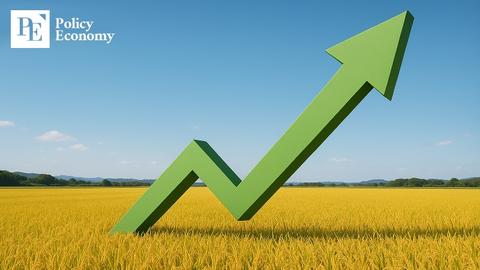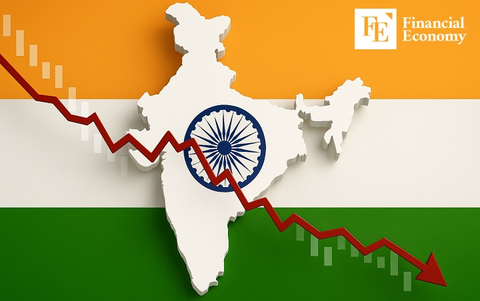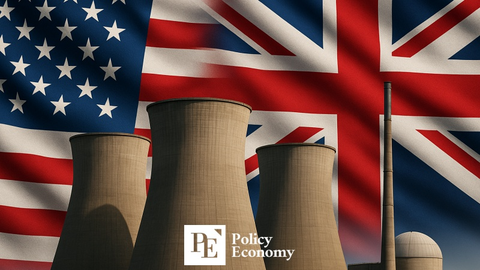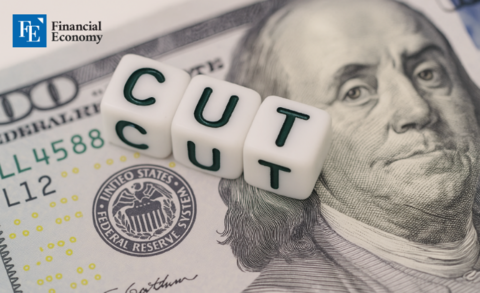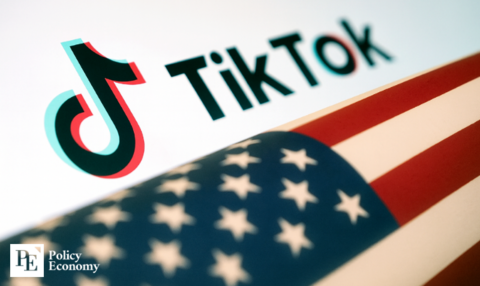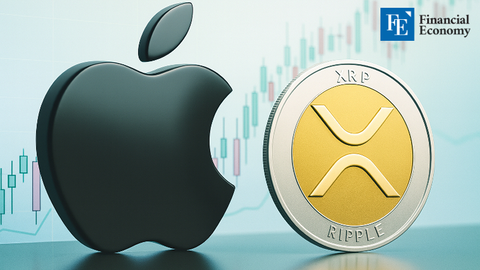Inflation in the United States in 2025: The Persistent Threat of Tariffs and Slowing Progress
Input
Modified
A Slight Deceleration in Inflation: Both Positive and Incomplete Tariffs: The Invisible Cause of Persistent Inflation A Recovery That Is Fragile in a Year of Uncertainty
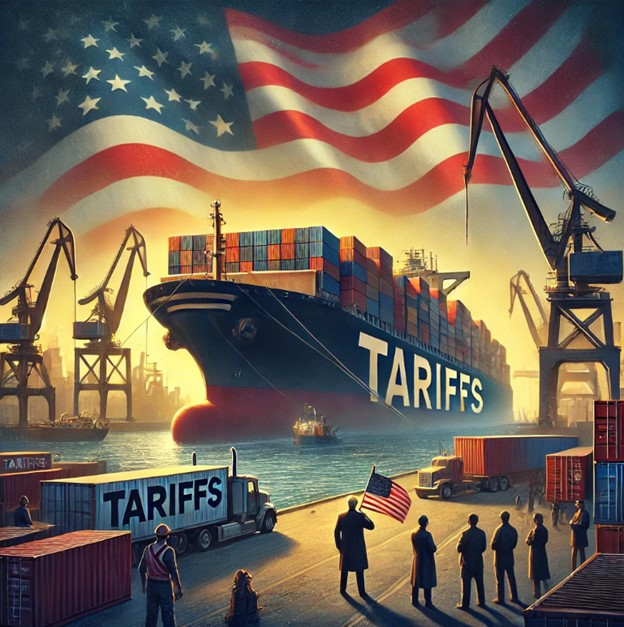
A Slight Deceleration in Inflation: Both Positive and Incomplete
The U.S. economy is confronted with a challenging equilibrium between reduced economic growth and inflationary pressures as we progress into 2025. The most recent figures indicate that there is some relief, at least for the time being, following months of increasing costs. The Consumer Price Index (CPI) for February 2025 indicated a decrease to 2.8% from 3% the previous month, suggesting that inflation may be subsiding. Nevertheless, core inflation, which excludes volatile categories such as food and energy, remained at a high level of 3.1%. Although these figures provide some relief, they also disclose the more significant issue: inflation is still not under control, and a significant culprit remains concealed—tariffs.
The consequences of tariffs, particularly those implemented during the Trump administration, are becoming increasingly apparent. These tariffs on steel, aluminum, and imports from countries such as China and Mexico continue to increase prices. Although inflation may have eased, the broader economic environment continues to be obscured by the ongoing threat of tariffs and their impact on both consumers and businesses.
Some unexpected optimism was elicited by the February inflation report. The CPI increase of 2.8% was less than many economists had anticipated, indicating a deceleration in overall price increases. This is the first instance of inflation deceleration since September 2024, providing some respite to consumers and businesses that have been contending with escalating costs for more than a year.
A modest improvement was also observed in core inflation, which excludes the frequently volatile categories of food and energy. In February, it increased by 3.1%, which is a decrease from the previous month's 3.3% increase. This is the lowest core inflation reading since April 2021, which is indicative of the fact that many of the most persistent price hikes—such as those in housing, transportation, and medical care—are beginning to wane. Furthermore, the inflation rate from one month to the next was lower than anticipated, with consumer prices increasing by only 0.2% from January to February. This represents a substantial decrease from the 0.5% increase observed in January. Core prices also increased by a modest 0.2%, which is less than half of the 0.4% increase that occurred in January.
These advancements are advantageous, particularly when contrasted with the accelerated inflation of 2022 and early 2023. That the relentless price increases may finally be reducing is a welcome sign for many consumers. Nevertheless, the relief is overshadowed by a critical factor: inflation continues to exceed the Federal Reserve's 2% objective, indicating that the fight to reduce prices to more manageable levels is far from over.
This uncertainty is reflected in the Federal Reserve's cautious approach to interest rate cuts. Numerous economists anticipate that the Federal Reserve will refrain from implementing further rate reductions for the foreseeable future following a series of rate reductions in late 2024. Although the employment market remains robust and consumer spending remains consistent, the Federal Reserve is confronted with a challenging decision. Despite the fact that inflation is decreasing, it remains above the target, and any additional rate reductions may serve to exacerbate price increases once more.
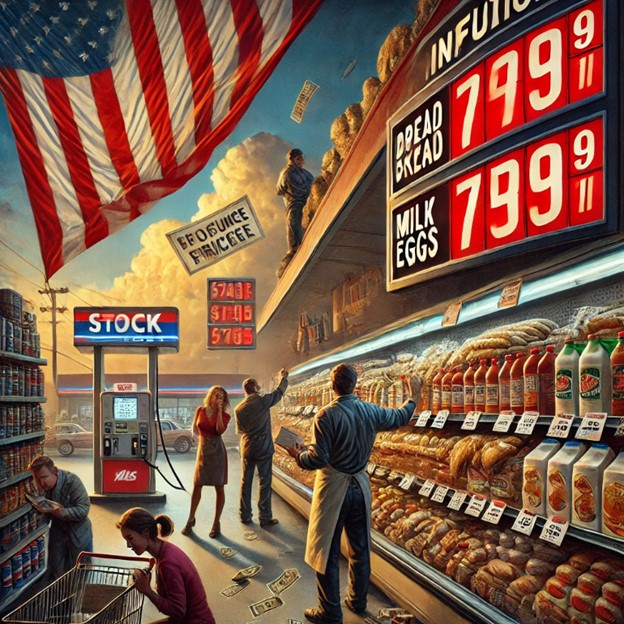
Tariffs: The Invisible Cause of Persistent Inflation
Although the inflation rate has decreased, it is crucial to acknowledge that there are still numerous variables that are beyond our control. The ongoing effect of tariffs is the most significant. The U.S. economy has been significantly impacted by the tariffs that were implemented during the Trump administration on imports from countries such as China, Canada, and Mexico.
The most direct way in which these tariffs affect inflation is by increasing the prices of raw materials and finished products. The manufacturing costs of products such as cars, appliances, and electronics have already been increased by the 25% tariffs on steel and aluminum imports imposed by the U.S. government. Furthermore, the economy has been impacted by the imposition of duties on a variety of Chinese products, including electronics and clothing. The production costs of companies that depend on inexpensive imported materials are increasing, which is frequently reflected in the prices they charge consumers.
The tariff situation is further complicated by retaliation from trading partners. For instance, the European Union has implemented its own tariffs on agricultural products from the United States in response to U.S. steel and aluminum tariffs. The uncertainty has been further exacerbated by Canada's suggestion of retaliatory tariffs on U.S. products. In summary, tariffs have not only increased costs but have also exacerbated economic uncertainty by inciting a trade conflict that disrupts global supply chains.
The impact on small and medium-sized enterprises is one of the most notable consequences of these trade tensions. Businesses that depend on imported basic materials are particularly susceptible. Burlap & Barrel, a New York-based spice company, is already experiencing increased costs, which will need to be passed on to consumers, according to Ethan Frisch, co-CEO. This scenario is currently being implemented in a diverse array of sectors, including technology and retail.
Walmart and Target, two of the major retailers in the United States, have both declared that price increases are inevitable. Although grocery prices may have stabilized in February, it is anticipated that other products will experience price increases as a result of increased import costs. In particular, consumers may experience the pinch on everyday items such as electronics, apparel, and food products. As tariffs on imports from Mexico persist, it is anticipated that the cost of produce, including Mexican avocados, will increase.
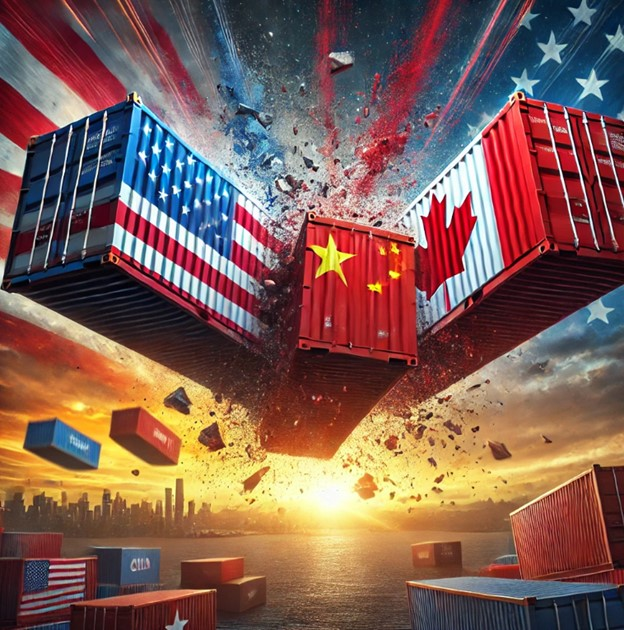
A Recovery That Is Fragile in a Year of Uncertainty
Although inflation has moderated, the economic landscape remains uncertain. Businesses are already adjusting their expectations for 2025, as tariffs continue to pose a substantial threat to pricing stability. Small businesses are frantically attempting to adjust to the increasing expenses, while large retailers are anticipating price increases in numerous product categories.
The possibility of tariffs increasing continues to be a source of concern. The U.S. government has indicated that it may impose retaliatory tariffs on any country that increases duties on U.S. exports, thereby exacerbating the trade conflict. According to economists at the Yale Budget Lab, this could result in the average U.S. tariff rate reaching levels that have not been observed since 1937. Undoubtedly, an increase in tariffs of this magnitude would result in higher prices for consumers and could potentially impede economic growth.
Economists are concerned about the indirect economic repercussions of tariffs, in addition to their direct effects. The margins of business owners are already being compressed, and many have cautioned that the increase in prices could potentially slow down consumer spending. Walmart and other retailers have already acknowledged that certain product categories may experience price increases, which could potentially reduce consumer demand.
Some analysts have revised their growth forecasts for 2025 due to the ambiguity surrounding tariffs and their long-term impact on the economy. Many businesses are currently preparing for sluggish growth, particularly if the tariff dispute continues to escalate, despite the fact that the economy is still anticipated to expand.
The future remains uncertain for consumers. Although the inflation figures for February were positive, the possibility of additional price increases is significant, particularly in sectors such as electronics and consumables. Consumers can anticipate that prices will increase at the register as businesses encounter increased input costs. Nevertheless, there is a possibility that the economic outlook could improve if inflation continues to moderate and trade tensions subside.
In summary, the United States economy is currently experiencing a fragile recovery in 2025, with inflation remaining above the target level, despite a slowdown. Although the February CPI report provided a glimmer of optimism, the persistence of tariffs—particularly on critical imports from China, Mexico, and Canada—continues to pose a substantial risk. These tariffs persist in disrupting supply chains, increasing production costs, and resulting in higher prices for consumers.
It is evident that inflation will continue to be a significant concern in 2025 as the Federal Reserve maintains its interest rate policy and businesses adapt to the new economic landscape. The future is uncertain, as there is a potential for additional price increases and trade conflicts. The U.S. economy will be influenced by the interplay between inflation, tariffs, and economic development for the foreseeable future.
The expectation is that inflationary pressures will continue to subside, thereby enabling the U.S. economy to stabilize and expand, for both consumers and businesses. Nevertheless, the path to economic stability will likely continue to be a challenging one as long as tariffs continue to be a significant factor. The next few months will be critical in determining whether inflation can be controlled or whether further price hikes will threaten to derail the recovery.

